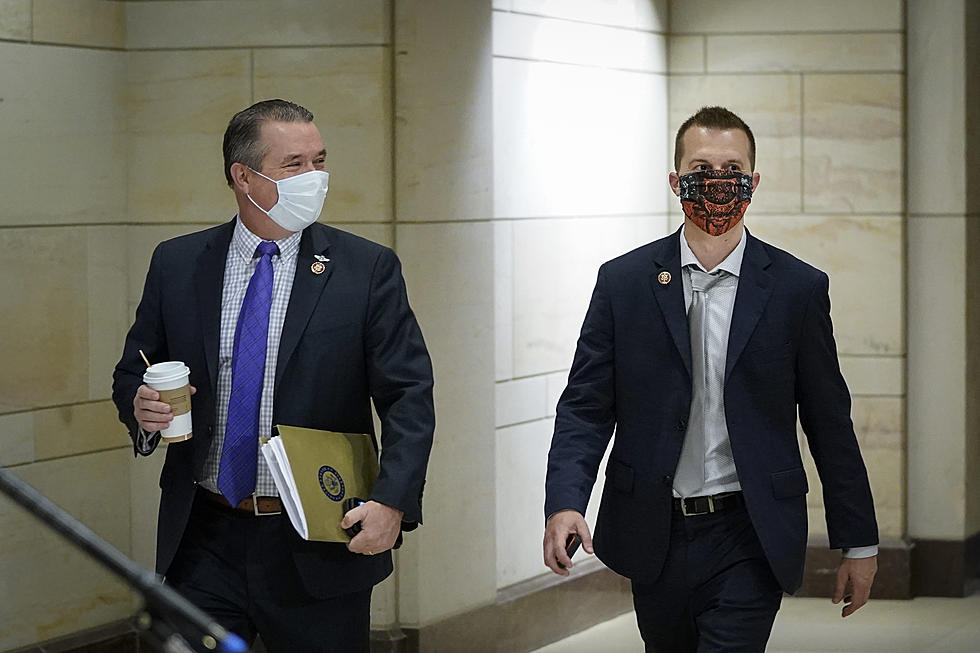
Mainers, Here’s What You Should Know About Your Ranked-Choice Ballot
The Maine Supreme Court has cleared the way for ranked-choice voting to be used in the 2020 Presidential election. Maine became the only state in the county to use ranked-choice voting when it was approved by 52% of Maine voters in the 2016 state referendum, but now it will also be used in the Presidential election as well when voters cast their ballots on November 3.
Ranked-choice voting means you rank as many or as few candidates as you like. Your vote will go to your second choice for office if your first choice does not win a majority of the vote. Votes continue to be distributed down the rankings until there is candidate with a majority of the votes.
Some things you should know:
1. Ranked-choice voting will be used for these elections:
- The U.S. Senate race: Susan Collins (R), Sara Gideon (D), Max Linn (I), Lisa Savage (I)
- The U.S. Congressional District 1 race: Chellie Pingree (D), Jay Allen (R)
- The U.S. Congressional District 2 race: Jared Golden (D), Dale Crafts (R)
- President of the United States: Donald Trump (R), Joe Biden (D), Jo Jorgensen (Libertarian), Roque De La Fuente (Alliance)
2. Voters in Maine who do not wish to participate in ranked-choice voting can choose only one candidate. Voters do not need to rank all the candidates.
3. With several rounds of voting it will take time to determine a winner as ballots have to be transported to Augusta to be scanned until the next round can be can be tallied. We may not know the results for several days after the election.
The Maine Department of the Secretary of State had this video put together for the 2018 election to help explain how ranked-choice voting works with a pretty good cartoon likeness of Secretary of State Matt Dunlap.
If you still have questions about ranked-choice voting, you can view an FAQ and see some sample ballots when they are release at the link below.
5 Places To Get Great Maine Seafood Tourists Don’t Know About
More From









